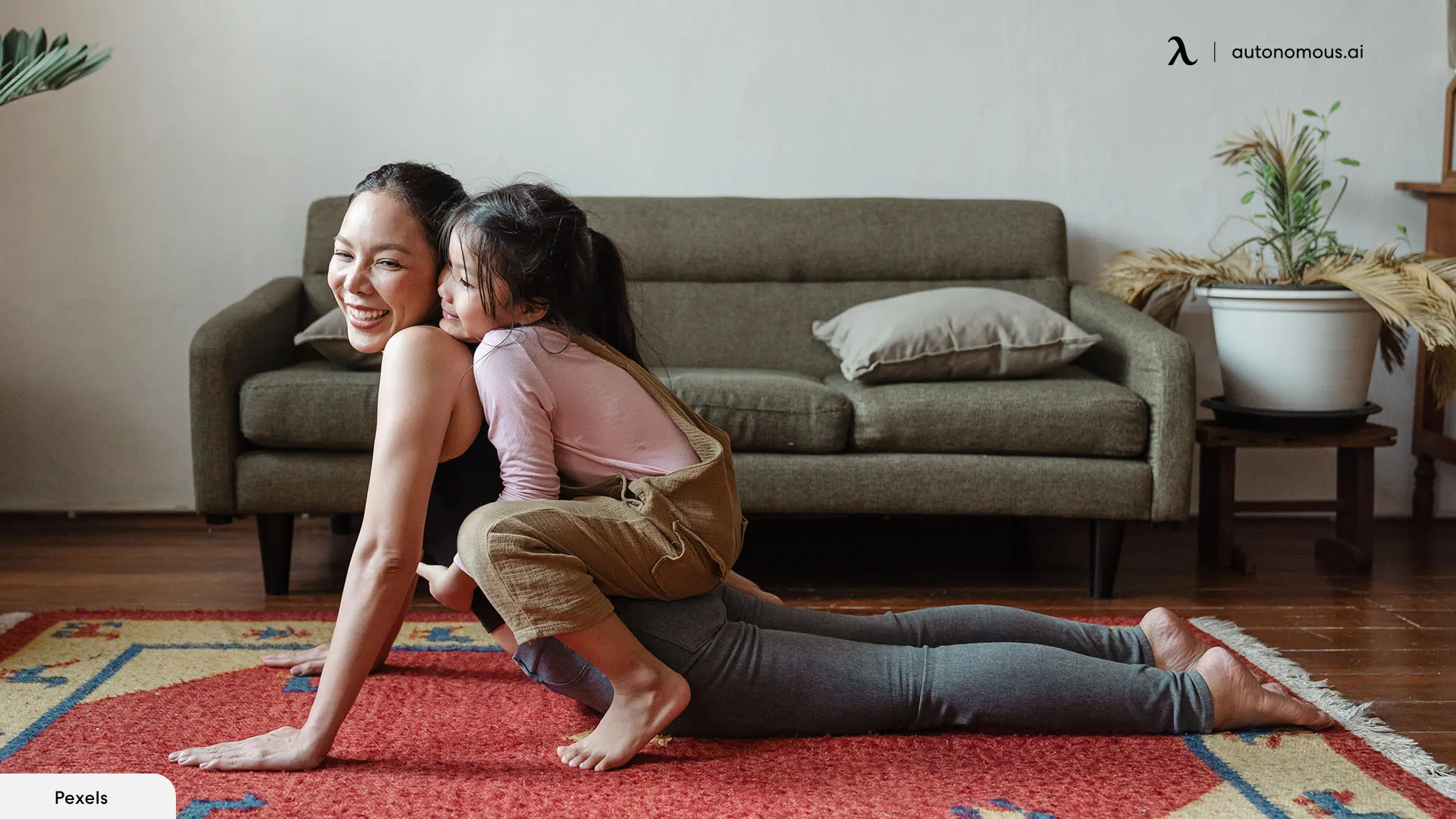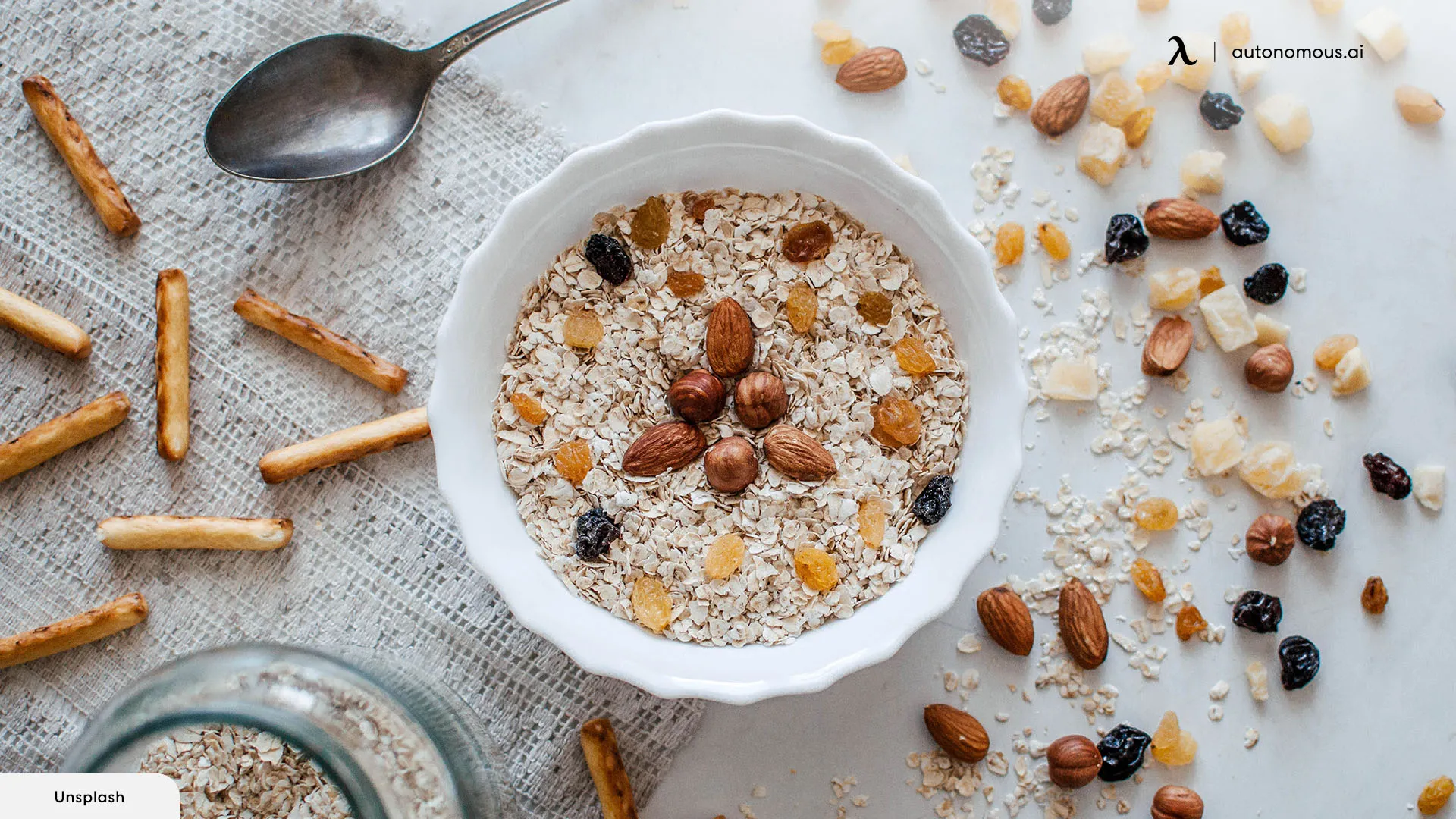
The Psychology of Habits: Understanding Good vs. Bad Habits
Table of Contents
In the journey of personal development, the battle between good habits vs. bad habits is a constant and often challenging one. Every day, individuals grapple with the choices that shape their lives, whether striving to embrace a good habit or struggling to break free from a bad one. This article delves into the intricate dynamics of cultivating good and bad habits, shedding light on these routines' profound impact on our well-being and the path to self-improvement.
Join us as we explore the world of habits, dissect their effects, and equip you with insights to navigate this enduring struggle towards a more fulfilling life.
How Is a Habit Formed?
Habits are formed through a repetitive cycle involving a cue or trigger, a specific behavior or routine in response to that cue, and a rewarding outcome. This process, often called the habit loop, is reinforced by neurological changes in the brain, making the behavior increasingly automatic with each repetition. Over time, habits become deeply ingrained in your daily life and are influenced by environmental cues.
Understanding this process can help you intentionally develop positive habits and break unwanted ones by modifying the cue, routine, or reward.
List of Good and Bad Habits
Good Habits
- Engaging in physical activity consistently helps maintain good health, reduces stress, and boosts overall well-being.
- Making nutritious food choices and maintaining a balanced diet supports physical and mental health.
- Establishing a consistent sleep schedule and getting enough quality sleep is essential for physical and mental recovery.
- Effective time management helps increase productivity and achieve personal and professional goals.
- Mindfulness and meditation can improve focus and reduce anxiety.
Bad Habits
- Smoking is a harmful habit that increases the risk of numerous health problems, including cancer and cardiovascular disease.
- Overindulgence in alcohol can lead to addiction, liver damage, impaired judgment, and various other health issues.
- Chronic procrastination can hinder productivity and lead to increased stress and missed opportunities at work.
- Consuming excessive junk food and processed foods can contribute to obesity and various health issues.
- Spending too much time on screens can lead to reduced physical activity and falling asleep at work.
Difference Between Good Habits and Bad Habits
1. Impact on Well-Being
Good habits generally have a positive impact on your physical, mental, and emotional well-being. Not only do they promote health and happiness, but they can also boost your personal growth. For example, regular exercise and healthy eating contribute to better physical health. With these small steps you will also feel your stress is reduced and your mood improved.
Bad work habits, on the other hand, often have negative consequences for your well-being. They can lead to health problems, increase stress, and hinder personal development. For instance, smoking and excessive alcohol consumption can harm your physical health and mental state, and when you don't rest enough physical effects of overworking can disrupt your life.

2. Long-Term vs. Short-Term Gratification
Good habits tend to provide long-term benefits. They often require patience and persistence before you see significant results. For example, saving money regularly may not yield immediate rewards, but it sets you up for financial security in the future.
Bad habits often offer short-term gratification at the expense of long-term well-being. Activities like binge-watching TV or overeating junk food can provide immediate pleasure but lead to negative consequences over time.
3. Self-Discipline vs. Impulsivity
Developing and maintaining good workplace habits usually requires self-discipline and self-control. You must make conscious choices and stick to routines, even when challenging. For instance, waking up early to exercise regularly requires discipline.
Bad habits are often characterized by impulsivity. They are actions without much thought or consideration of their consequences. For example, giving in to cravings for sugary snacks without restraint is impulsive.
4. Future-Oriented vs. Present-Centered
Good habits are often future-oriented. They are driven to achieve long-term goals, improve your quality of life, and build a better future. For instance, studying regularly is a habit that invests in your future education and career.
Bad habits tend to be present-centered, prioritizing immediate pleasure or relief over future outcomes. For example, procrastination involves avoiding tasks to enjoy more immediate leisure activities.
5. Empowerment vs. Dependency
Good habits empower you to take control of your life and make positive changes. They build self-confidence and a sense of mastery over your actions. For instance, setting and achieving small goals regularly can boost your self-esteem.
Bad habits can lead to dependency and a sense of loss of control. They often involve cravings and compulsive behaviors that are difficult to resist. For example, addiction to substances like nicotine or opioids can leave individuals feeling helpless and dependent on the substance.
Habit Loop and 3 Tips to Break Bad Habits
As described earlier, the habit loop consists of three main components: the cue or trigger, the routine or behavior, and the reward. You can use strategies that disrupt or modify this loop to break bad habits. Here are three tips to help you break bad habits:
Identify and Understand Your Habit Loop
The first step in breaking a bad habit is recognizing and understanding the habit loop. Pay attention to the cues or triggers that prompt the habit, the routine or behavior, and the rewards you receive.
For example, if you have a habit of snacking on unhealthy food when you feel stressed (cue), eating the snacks (routine), and experiencing a brief feeling of comfort (reward), you need to be aware of these components.
Replace the Routine with a Positive Behavior
Once you've identified the habit loop, focus on replacing the routine or behavior with a healthier alternative. Choose a behavior that provides a similar reward or satisfaction without the negative consequences.
Continuing the example above, when you feel stressed, you could replace the snacking routine with a healthier stress-relief activity, such as deep breathing exercises, a quick walk, or a few minutes of meditation.

Modify or Eliminate the Cue
Modify the cue or trigger whenever possible to make it less likely to initiate the bad habit. This can involve changing your environment or routine to reduce exposure to the cue.
In the snacking habit example, if stress is the primary trigger, you can work on managing stress through exercises for brain fog, time management, or seeking support from friends or professionals. By reducing stress as a cue, you'll be less inclined to engage in the old routine.
5 Ways to Form Good Habits
- Start small and choose a manageable habit.
- Be consistent with your habit-building efforts.
- Reward yourself for successfully practicing the habit.
- Track your progress using a journal or app.
- Seek accountability and try brain breaks for adults.
Conclusion
The battle of emotional vs. mental fortitude often plays a pivotal role in the formation and persistence of good habit and bad habit. While it may seem like an ongoing struggle, remember that change is a process, and success lies in the persistence of one over the other.
By harnessing the power of your emotions and channeling your mental strength, you can cultivate more good habits and break free from the grip of bad habits.
Stay connected with us!
Subscribe to our weekly updates to stay in the loop about our latest innovations and community news!
Interested in a Link Placement?
Spread the word
.svg)




/https://storage.googleapis.com/s3-autonomous-upgrade-3/production/ecm/230914/bulk-order-sep-2023-720x1200-CTA-min.jpg)

/https://storage.googleapis.com/s3-autonomous-upgrade-3/production/ecm/230905/Untitleddesign.png)